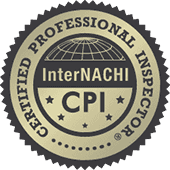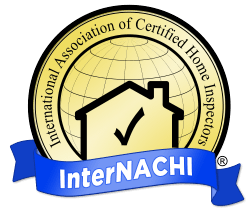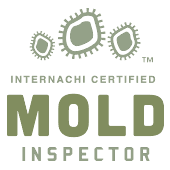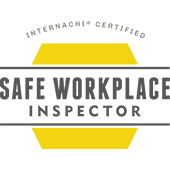Mold Inspection Los Angeles
Contact us today for a Mold Inspection on your Residential or Commercial Property in Southern California: Los Angeles, Orange County and San Diego
What Will You Get?
Our certified mold inspectors will conduct a thorough assessment of your structure to:
- Determine if there is mold.
- Assess the extent of mold in the structure.
- Develop an action plan for addressing the mold.
- Additionally, any approved mold samples will reveal the different types and quantities of mold present.

How do we conduct a standard mold inspection?
3West Environmental offers complete mold inspection services using state of the art inspection and sampling equipment. You can trust that your inspection will be thorough and accurate.
Inspection Process
When you contact us initially, we will strive to clearly communicate the mold inspection process and pricing. Customer service is our top priority, and effective communication is a key part of that. Therefore, we will fully explain all charges to avoid any surprise fees. Once booked, we will follow up by sending you a confirmation email with the job details and pricing. The price of the mold inspection is primarily based on the square footage of the property. However, if you opt for mold samples, there is an additional cost per approved sample.
Upon arrival at the job site, we will confirm the scope of our inspection and provide you with a summary of the process, pricing, and the estimated time frame for completion.
Continue reading below for more details on the mold inspection process and the various sampling options.
Benefits of a Mold Inspection
Our Mold Inspection Process
The Basics
A standard mold inspection involves a thorough visual observation and detailed documentation of conditions that can promote mold growth. Where required, we will take photos and thermal imaging, record atmospheric, moisture & humidity readings, and list out areas of preventative maintenance.
Areas of Concern
If there are any areas of concern, we will recommend mold samples to determine the presence of mold spores. The main types of mold samples are air, surface and cavity samples. A certified local laboratory then analyzes each approved mold sample to establish the different types of mold spores present and the quantities for each type.
Types of Samples
- Air samples are helpful to determine the quality of air in a specific area. We then compare the inside air sample to the outside control/baseline sample.
- Surface samples are a great way to get definitive laboratory data on a mold-like substance.
- Cavity samples will show the quality of air inside a wall or ceiling space.
Pricing and Results
Our pricing includes a base inspection fee, plus an additional charge for each sample you want us to take.
Afterwards, we will provide you the complete mold inspection report, lab results and a recommended action plan for any potential mold remediation.
Contact us today with any questions or to schedule an appointment.
Air Samples
More Info
Air samples will show the different types of mold present in the breathable air of a specific room.
The results will also show the quantities for each type of mold.
The types of mold are listed on the Genus level.
Air sample are collected in the following manner:
- A tripod is set up in the middle of the room.
- An air pump is set up on the tripod.
- The air pump is calibrated to a flow rate of 15 liters per minute.
- A circular sampling “cassette” is placed on the air pump.
- Air passes through the sampling cassette for 5 minutes.
- A total volume of 75 liters is collected (15 lpm x 5 minutes).
The coverage for each air sample is one standard sized room.
At least one outside sample is also needed in order to have a control/baseline sample.
Two outside samples are best (one upwind & one downwind) though most clients will choose only one sample because of the cost.
The results from the inside sample will then be compared to the outside sample in order to help determine if the mold levels inside are elevated.
Surface Samples
More Info
Surface samples are most often collected by using a “swab” or a “tape lift”.
The benefit of a surface sample is that it shows if mold is present on a specific surface.
The disadvantage to a swab sample is that it is only a test of a specific area (approximately 2″ x 2″) and it does not test any airborne spores.
Contact us to learn more about your options and which samples might be right for your situation.
Cavity Samples
More Info
Cavity samples are a way of checking for mold spores inside a wall or ceiling cavity.
A cavity sample is performed by drilling a small hole about the size of a dime.
After waiting a few minutes for any dust inside the cavity to settle, an air hose is then inserted into the cavity.
The air hose is connected to an air pump and then an air sample is collected.
This is similar to a regular “air sample”; however, slight modifications are made.
The results however, will still show the different types of mold spores present and the quantities for each type.
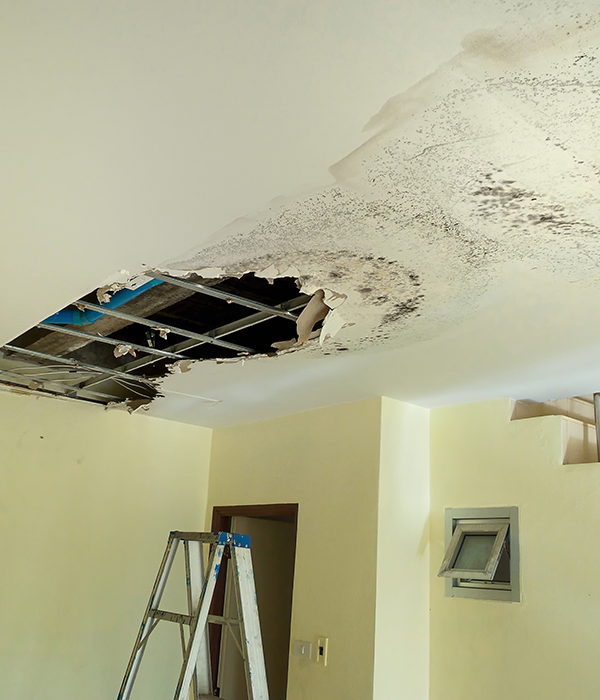
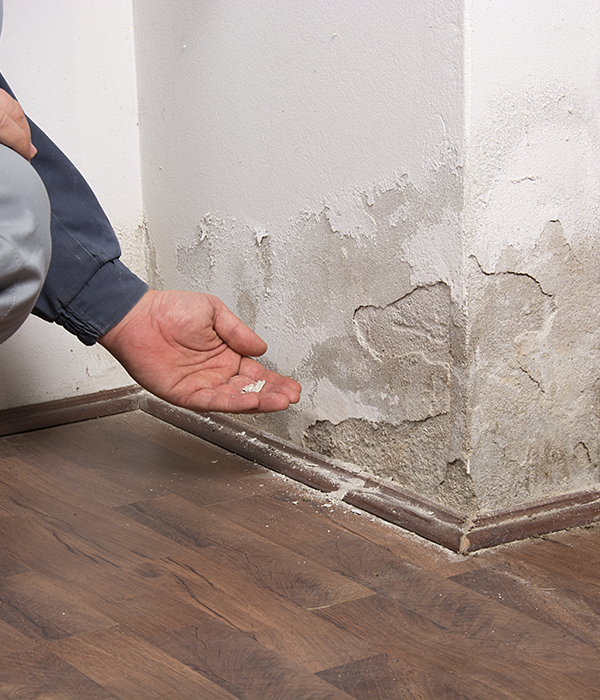

A Quick Look at a Mold Clearance Inspection
Other Services
Asbestos Surveys
When are asbestos surveys needed?
Anytime there will be a renovation or repair. Since the main asbestos regulations are related to worker safety, air quality, disposal of hazardous waste and local permits there will almost always be one of the regulations that are applicable. This can be confusing because of the overlap of regulations in Southern California.
Lead Paint Inspections
Do my painting projects need a lead paint test?
Lead is toxic and consequently causes health and behavioral problems, especially in children. Because of this, a lead paint survey or lead paint samples are necessary when paint is disturbed on a structure built before 1978.
Mold Inspections
Could I have mold in my home?
Mold can grow within 24-48 hours after a bad water incident, so getting a mold inspection is a great way to obtain a full evaluation of your home or building. We care about your peace of mind, so if you are concerned about the presence of mold or water damage, please call us today.
LEARN MORE
Mold Inspection Service Areas
- Mold Inspection
- Mold Inspection Aliso Viejo
- Mold Inspection Anaheim
- Mold Inspection Bel-Air
- Mold Inspection Beverly Hills
- Mold Inspection Brentwood
- Mold Inspection Buena Park
- Mold Inspection Carson
- Mold Inspection Century City
- Mold Inspection Cerritos
- Mold Inspection Cheviot Hills
- Mold Inspection Culver City
- Mold Inspection Cypress
- Mold Inspection Dana Point
- Mold Inspection Diamond Bar
- Mold Inspection El Segundo
- Mold Inspection Fountain Valley
- Mold Inspection Fullerton
- Mold Inspection Garden Grove
- Mold Inspection Glendora
- Mold Inspection Hermosa Beach
- Mold Inspection Hollywood Hills
- Mold Inspection Huntington Beach
- Mold Inspection Irvine
- Mold Inspection La Habra
- Mold Inspection La Mirada
- Mold Inspection Laguna Beach
- Mold Inspection Laguna Hills
- Mold Inspection Laguna Niguel
- Mold Inspection Laguna Woods
- Mold Inspection Lake Forest
- Mold Inspection Los Alamitos
- Mold Inspection Malibu
- Mold Inspection Manhattan Beach
- Mold Inspection Marina del Rey
- Mold Inspection Mission Viejo
- Mold Inspection Newport Beach
- Mold Inspection North Whittier
- Mold Inspection Orange
- Mold Inspection Pacific Palisades
- Mold Inspection Palos Verdes Estates
- Mold Inspection Placentia
- Mold Inspection Playa del Rey
- Mold Inspection Playa Vista
- Mold Inspection Rancho Palos Verdes
- Mold Inspection Rancho Santa Margarita
- Mold Inspection Redondo Beach
- Mold Inspection San Clemente
- Mold Inspection San Juan Capistrano
- Mold Inspection Santa Ana
- Mold Inspection Santa Monica
- Mold Inspection Seal Beach
- Mold Inspection South Pasadena
- Mold Inspection Stanton
- Mold Inspection Studio City
- Mold Inspection Torrance
- Mold Inspection Tustin
- Mold Inspection West Los Angeles
- Mold Inspection Westchester
- Mold Inspection Westminster
- Mold Inspection Westwood
- Mold Inspection Yorba Linda

